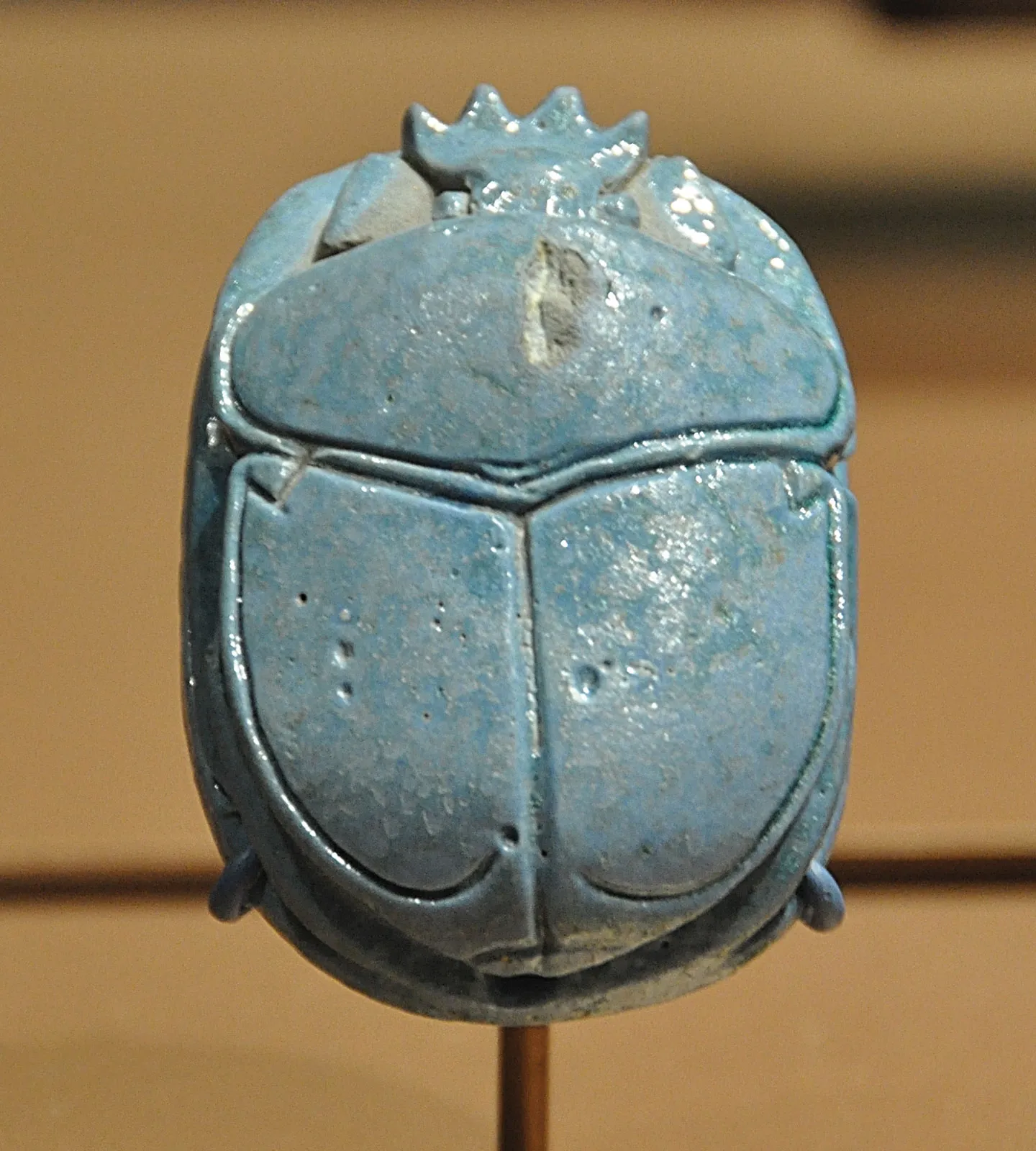ancient egyptian art questions
1/58
Earn XP
Description and Tags
from the quizzes
Name | Mastery | Learn | Test | Matching | Spaced |
|---|
No study sessions yet.
59 Terms
For the Ancient Egyptians the Red Land was:
the desert where nothing lives
For the Ancient Egyptians the Black Land was:
black soil along the Nile
Upper Egypt was located:
to the south
Lower Egypt was located
to the north
the concept of Ma'at means:
order, justice, and harmony
The symbol of Ma'at was a:
feather
the hippopotamus was an emblem of:
isfet
The significance of the Rosetta Stone:
allowed for the translation of hieroglyphs
A ruler of Egypt was called what?
A Pharaoh
The oval shape which is used to contain the name of a ruler is called a:
cartouche
Part of the Pharaoh's rôle was to maintain the union of the two lands; this concept of union is the:
sema-tawy
The Ancient Egyptians used this plant for paper, boats, baskets, mats, and to symbolize creation:
Papyrus
the most important event of the year was the:
innundation
The type-site typically used to date Pre-Dynastic Egypt history:
Naqada
Rulers were referred to as the living representative of which god that was worshipped at Hierakonpolis?
Horus
On the Palette of Narmer, the ruler's name is contained within a:
serekh
The first Pharaoh of Egypt:
Narmer
The first capital of Egypt, Ineb-Hedj, is usually referred to by its Greek name:
Memphis
Symbol for god Horus:
Falcon (a bird)
On one side of the Palette of Narmer, the ruler walks in a procession behind figures holding standards (like flags). These seem to represent the 'states' or administrative divisions of Egypt, called:
nomes
The first Pharaohs were buried at the Upper Egyptian site of:
Abydos
The plant of Upper Egypt that stood for regeneration:
lotus
The plant of Lower Egypt that referred to the beginning of the world:
papyrus
The Step Pyramid at Saqqara was built for which Pharaoh:
Djoser (zoser)
The Step Pyramid at Saqqara is said to have been built by:
a vizier (a high official) and architect named Imhotep
Beneath the enclosure of the Step-Pyramid is a corridor lined with blue tiles made of:
faience
Officials in the Old Kingdom were buried in this type of tomb:
mastaba
A small chamber in an Old Kingdom tomb usually contains a statue of the deceased. The enclosed room is a:
surdab
Pharaoh Sneferu's titles include a reference to the sun-god worshipped at Heliopolis:
Ra
A tall needle of stone, erected in honor of the sun-god Ra, is called:
obelisk
there are several concepts of the human soul; one aspect might continue to be effective in the world, shown as a bird with a human head. This is the:
Ba
there are several concepts of the human soul; one aspect was a duplicate of the living person and went to the land of the dead; the hieroglyph is upraised arms. This is the:
Ka
In ancient Egyptian art, men are represented with skin of this color:
red
In ancient Egyptian art, women are represented with skin of this color:
yellow
The "Nine Bows" were the:
enemies of Egypt
DNA analysis suggests that the workers who built the pyramids came from:
all over egypt
The Greek writer Herodotus said that the Great Pyramid was topped with:
a gold and crystal peak
The material for the statue of Menkaure with Khamerernebty, and the statue of Chephren are:
hard, heavy stones that came from far away
Why does the statue of a Scribe from Saqqara have bloodshot eyes?
to show that he was a tireless worker
The floor of Chephren/Khafre's valley Temple, and the head of the Pharaoh from his mortuary temple, are made of the creamy white stone called:
alabaster
what is a scarab?
A beetle that was referred to as “khepri” (meaning “coming into existence”) and it was often turned into an amulet

Pharaohs in the Middle Kingdom tend to look quite different from Pharaohs in the Old Kingdom; in the Middle Kingdom they are shown in what way?
with worried or tired faces
Elements of an ancient Egyptian temple include a tall facade that serves as a gateway at the entrance:
pylon
A temple typically includes a courtyard and sanctuary which is entered through a hall of papyrus columns; the hall is called a:
hypostyle hall
This ancient city was a place of pilgrimage because it was believed to be include the tomb of the god Osiris (and the entrance to his realm in the West):
Abydos
The largest construction project of the Middle Kingdom was a:
canal
In the Middle Kingdom this god was introduced as an official state god in Egypt:
Amon
From the Middle Kingdom on, the religious center of Egypt was the city we know as:
Luxor
In the Middle Kingdom who might wear a necklace with the god Horus?
anyone who could afford it
In the New Kingdom, Pharaohs were buried in:
Valley of the Kings
Hatshepsut often choses yellow limestone for her portrait statues why?
to show that she’s a women
The goddess of disease, represented as a woman with lion’s head
Sekmet
The portrait-head of Tiye from Abu Ghurob is shown wearing feathers, probably as a reference to:
Maat
Sometimes referred to as the “heretic pharaoh”, this ruler abolished the worship of many gods, and closed their temples, in favor of one god, associated with the sun. The Pharaoh’s name:
Akhenate
The god of the sun in the Amarna period:
Aten
Tutankhan’s “Restoration Stele” tells how he restored:
Temples of the ancient gods
Small mummiform figures are often included in a tomb. These are called:
ushawbtis
When a body was mummified, the internal organs were preserved separately in:
canopic jars
This book (or set of texts) gives instructions for negotiating the perils of the Duat:
Book of the Dead